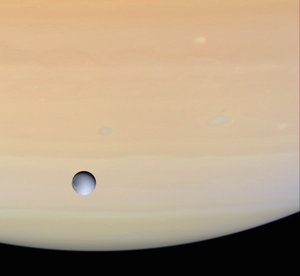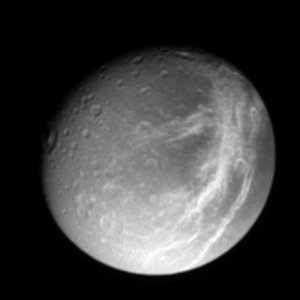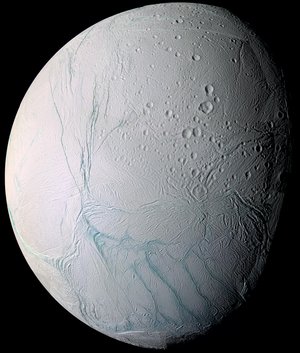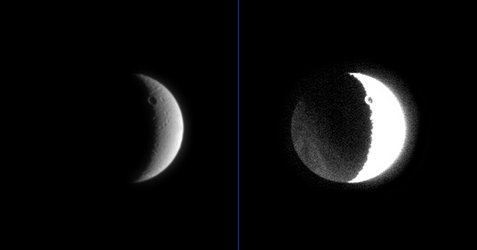Accept all cookies Accept only essential cookies See our Cookie Notice

About ESA
The European Space Agency (ESA) is Europe’s gateway to space. Its mission is to shape the development of Europe’s space capability and ensure that investment in space continues to deliver benefits to the citizens of Europe and the world.
Highlights
ESA - United space in Europe
This is ESA ESA facts Member States & Cooperating States Funding Director General Top management For Member State Delegations European vision European Space Policy ESA & EU Space Councils Responsibility & Sustainability Annual Report Calendar of meetings Corporate newsEstablishments & sites
ESA Headquarters ESA ESTEC ESA ESOC ESA ESRIN ESA EAC ESA ESAC Europe's Spaceport ESA ESEC ESA ECSAT Brussels Office Washington OfficeWorking with ESA
Business with ESA ESA Commercialisation Gateway Law at ESA Careers Cyber resilience at ESA IT at ESA Newsroom Partnerships Merchandising Licence Education Open Space Innovation Platform Integrity and Reporting Administrative Tribunal Health and SafetyMore about ESA
History ESA Historical Archives Exhibitions Publications Art & Culture ESA Merchandise Kids Diversity ESA Brand Centre ESA ChampionsLatest
Space in Member States
Find out more about space activities in our 23 Member States, and understand how ESA works together with their national agencies, institutions and organisations.
Science & Exploration
Exploring our Solar System and unlocking the secrets of the Universe
Go to topicAstronauts
Missions
Juice Euclid Webb Solar Orbiter BepiColombo Gaia ExoMars Cheops Exoplanet missions More missionsActivities
International Space Station Orion service module Gateway Concordia Caves & Pangaea BenefitsLatest
Space Safety
Protecting life and infrastructure on Earth and in orbit
Go to topicAsteroids
Asteroids and Planetary Defence Asteroid danger explained Flyeye telescope: asteroid detection Hera mission: asteroid deflection Near-Earth Object Coordination CentreSpace junk
About space debris Space debris by the numbers Space Environment Report In space refuelling, refurbishing and removingSafety from space
Clean Space ecodesign Zero Debris Technologies Space for Earth Supporting Sustainable DevelopmentLatest
Applications
Using space to benefit citizens and meet future challenges on Earth
Go to topicObserving the Earth
Observing the Earth Future EO Copernicus Meteorology Space for our climate Satellite missionsCommercialisation
ESA Commercialisation Gateway Open Space Innovation Platform Business Incubation ESA Space SolutionsLatest
Enabling & Support
Making space accessible and developing the technologies for the future
Go to topicBuilding missions
Space Engineering and Technology Test centre Laboratories Concurrent Design Facility Preparing for the future Shaping the Future Discovery and Preparation Advanced Concepts TeamSpace transportation
Space Transportation Ariane Vega Space Rider Future space transportation Boost! Europe's Spaceport Launches from Europe's Spaceport from 2012Latest

Global colour mosaic of Dione
Thank you for liking
You have already liked this page, you can only like it once!
Meet Dione, a 1122 km-diameter icy satellite of Saturn and the 15th largest moon in the Solar System.
This global colour mosaic of the moon’s intriguing surface was produced from images taken by the international Cassini spacecraft during its first 10 years of exploring the Saturn system.
Perhaps the most striking observation is the difference in colour and brightness between the left and right halves of the image. They correspond to the ‘trailing’ and ‘leading’ hemispheres respectively, in terms of the direction that the moon is travelling along its orbit around Saturn every 2.7 days.
The dark coating on the trailing hemisphere is thought to be due to radiation from Saturn’s magnetosphere, which causes organic elements in the moon’s surface to become darker and redder in appearance.
The wispy white streaks that wind through the coloured surface are bright ice cliffs – some several hundred metres high – resulting from tectonic fractures.
Meanwhile the leading hemisphere has been painted with icy dust from Saturn’s E-ring, which itself is fed by tiny particles ejected from nearby moon Enceladus.
While Enceladus continuously spews gas and icy particles into space from fractures near its south pole. Dione appears to be quiet at present, but its fractured surface certainly points to a more geologically active past.
Indeed, a recent theoretical modelling study by independent researchers suggest that there could be an underground ocean surrounding the moon’s rocky core, buried some 100 km beneath its battered shell.
This global mosaic was first released in 2014. The image resolution is 250 m per pixel.
The Cassini–Huygens mission is a cooperative project of NASA, ESA and ASI, the Italian space agency. The mission launched in 1997, and arrived in the Saturn system in 2004, with the Huygens probe landing on Titan in January 2005. In September of this year, the Cassini spacecraft will plunge into Saturn’s atmosphere to conclude its incredible mission.
-
CREDIT
NASA/JPL-Caltech/Space Science Institute/Lunar and Planetary Institute -
LICENCE
ESA Standard Licence

Dione and Saturn

Saturn’s moon Dione

Dione's criss-crossing streaks

Enceladus' craters and complex, fractured terrains















 Germany
Germany
 Austria
Austria
 Belgium
Belgium
 Denmark
Denmark
 Spain
Spain
 Estonia
Estonia
 Finland
Finland
 France
France
 Greece
Greece
 Hungary
Hungary
 Ireland
Ireland
 Italy
Italy
 Luxembourg
Luxembourg
 Norway
Norway
 The Netherlands
The Netherlands
 Poland
Poland
 Portugal
Portugal
 Czechia
Czechia
 Romania
Romania
 United Kingdom
United Kingdom
 Slovenia
Slovenia
 Sweden
Sweden
 Switzerland
Switzerland
























